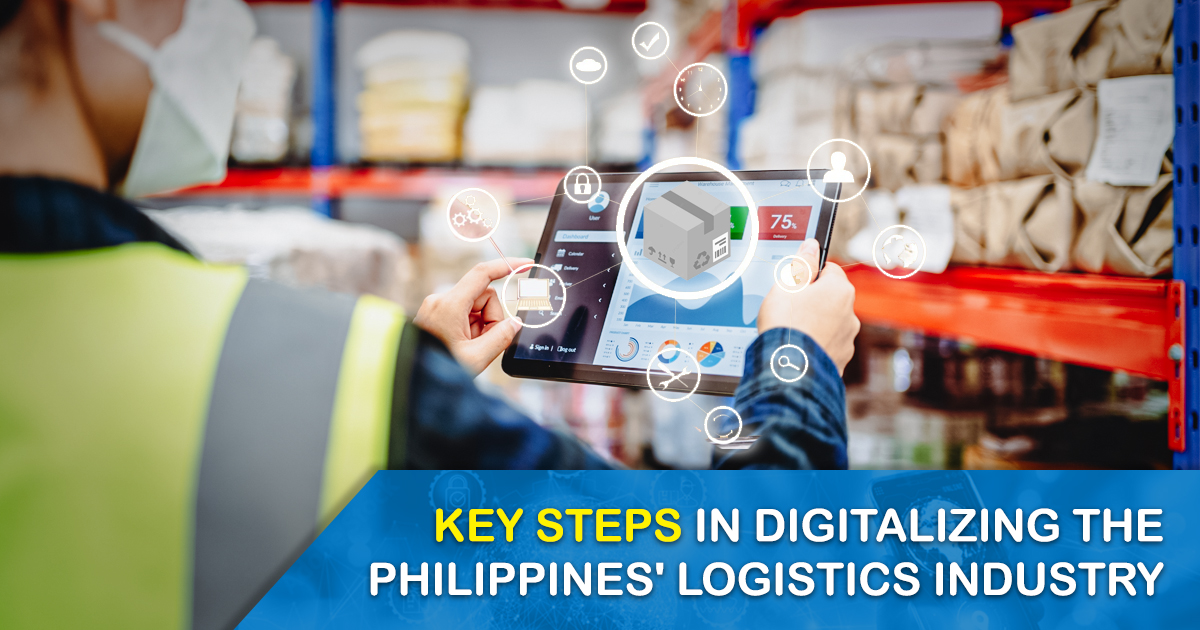
The Philippine logistics industry is now in its prime to undertake digital transformation. With e-commerce at the forefront, businesses seek to streamline their operations and improve delivery times. This article will discuss key strategies and steps for digitizing the logistics sector in the Philippines. The logistics sector is important in the Philippines. It involves transporting goods and services to and from the country’s 7,107 islands. The sector contributed 4% to the GDP in 2019. Growth in domestic and international trade has made this sector appealing to investors and developers.
What Is Digitalization?
Digitalization refers to implementing digital technologies into company operations to improve efficiency. In contrast to digitization, digitalization is changing one or more operations and activities. Consider, for example, the procedure of verifying the status of a delivery. A digital platform may show the delivery status instead of waiting and signing off on delivery receipts before paying.
Why Embrace Change?
Traditional logistics remains dominant in the Philippines. According to YCP Solidiance, due to COVID-19 and Filipinos’ growing comfort with digital technology. As a result, e-commerce has moved to the forefront. Philippine e-commerce sales were worth approximately USD 840 million in 2018 and are still seen to rise higher. E-commerce giants like Lazada and Shopee get 39 million monthly visits from consumers. This indicates that more Filipinos recognize the need for digital-based products and services.
E-commerce has altered the way people buy, but it has also created new and challenging logistical issues. Today, consumers expect transparency and efficiency at every stage of the supply chain. Yet, such efficiency can only be possible with digitized technologies. Delivery speed is a major concern for more than 70% of merchants in the country. The number of technology-based rivals is growing to fill gaps left by traditional logistics. The emergence of such companies emphasizes the industry’s need to adapt to digitalization.
Develop Your Strategy
The potential offered by digitalization is enormous. It can resolve long-standing operational issues for a variety of players and businesses. We’ve identified key stages for businesses to transition their operations to the digital realm.
- Procure: Hire digital experts. Buy the necessary software and hardware for your needs. This is an excellent option for public agencies with funds and private businesses that want to maintain complete management and operation control.
- Partner: You can gain digital logistics capabilities through collaborations with other players who have the resources. Make use of what exists.
- Participate: Companies that do not have access to technical expertise to build their digital services can integrate with third-party platforms that have native procedures and services.
Plan For Long Term Goals
The logistics industry must adapt to digitalization at the same rate as other industries. With digital technologies that simplify processes, long-standing logistics problems will end. Begin by creating a logistics road map for your business. You can only plan your digital transformation if you know your vulnerabilities.
SEE ALSO:
